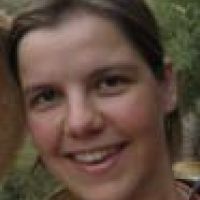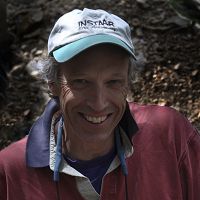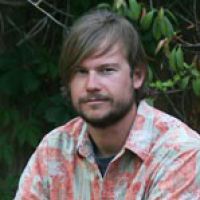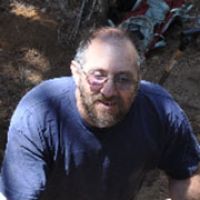Dühnforth et al., 2012
Unsteady late Pleistocene incision of streams bounding the Colorado Front Range from measurements of meteoric and in situ 10Be
Dühnforth, M., R. S. Anderson, D. J. Ward and A. Blum (2012)
JGR-Earth Surface 117, F01023
-
Boulder, INVESTIGATOR
-
Boulder, INVESTIGATOR
-
Boulder, GRAD STUDENT
-
Boulder, INVESTIGATOR
Abstract
[1] Dating of gravel-capped strath terraces in basins adjacent to western U.S. Laramide Ranges is one approach to document the history of late Cenozoic fluvial exhumation. We use in situ 10Be measurements to date the broad surfaces adjacent to the eastern edge of the Rocky Mountains in Colorado, and compare these calculated ages with results from meteoric 10Be measurements. We analyze three sites near Boulder, Colorado (Gunbarrel Hill, Table Mountain, and Pioneer) that have been mapped as the oldest terrace surfaces with suggested ages ranging from 640 ka to the Plio-Pleistocene transition. Our in situ 10Be results reveal abandonment ages of 95 ± 129 ka at Table Mountain, 175 ± 27 ka at Pioneer, and ages of 251 ± 10 ka and 307 ± 15 ka at Gunbarrel Hill. All are far younger than previously thought. Inventories of meteoric 10Be support this interpretation, yielding ages that are comparable to Table Mountain and ∼20% lower than Pioneer in situ ages. We argue that lateral beveling by rivers dominated during protracted times of even moderate glacial climate, and that vertical incision rates of several mm/yr likely occurred during times of very low sediment supply during the few interglacials that were characterized by particularly warm climate conditions. In contrast to the traditional age chronology in the area, our ages suggest that the deep exhumation of the western edge the High Plains occurred relatively recently and at an unsteady pace.
Citation
Dühnforth, M., R. S. Anderson, D. J. Ward and A. Blum (2012): Unsteady late Pleistocene incision of streams bounding the Colorado Front Range from measurements of meteoric and in situ 10Be. JGR-Earth Surface 117, F01023. DOI: 10.1029/2011JF002232
 This Paper/Book acknowledges NSF CZO grant support.
This Paper/Book acknowledges NSF CZO grant support.
Explore Further




